Smartphone chipmaker MediaTek is working to provide two-way satellite communications and reliable connectivity everywhere for Android smartphones. Previously, satellite connectivity was only provided by phones that were in the military equipment category. The change came only with Apple’s iPhone 14.
Satellite connections are generally seen as the next frontier for mobile phones, as they address the problem of areas without conventional telephone signal coverage. For example, it is currently successfully providing broadband coverage through services such as Elon Musk’s Starlink. Satellite broadband is fast and generally reliable, but more expensive than cable or fibre optic connections. Unfortunately, some countries prohibit the use of satellite.
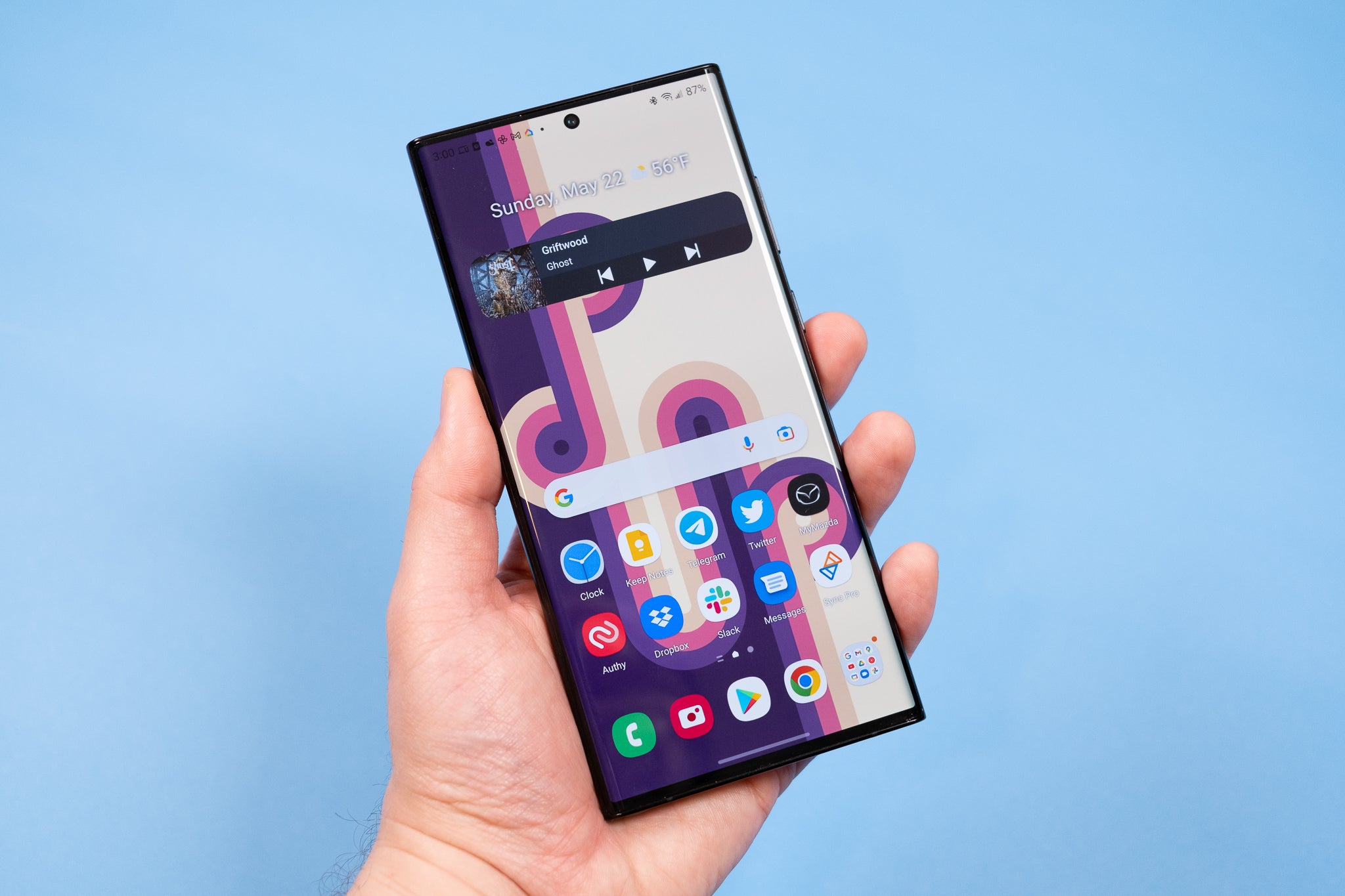
Apple can send one-way SOS messages. But MediaTek’s implementation should make it possible to send messages to virtually anyone and receive replies almost as if you were using a regular texting app. MediaTek’s MT6825 chip is standalone, so manufacturers can add it to their phones without changing the existing processor and modem setup. This chip supports two-way satellite messaging over non-terrestrial networks.
The MT6825 chip will not rely exclusively on LEO satellites, but instead products using the chip will be able to connect to geostationary satellites that orbit the Earth at distances of more than 23,000 miles. Although communications will take place over such long distances, MediaTek says its new chip is expected to have minimal system requirements and is very cost-effective. MediaTek has teamed up with UK telecoms brand Bullitt for the development and has combined the new MT6825 chip with Bullitt’s Satellite Connect platform, which enables satellite communications in the new Motorola Defy 2 and CAT S75 smartphones. Both phones are rugged models designed for outdoor use. The third device is essentially a Bluetooth satellite hotspot – the Motorola Defy Satellite Link will allow any Android or iOS device to send and receive messages over the Bullitt Satellite Connect network.
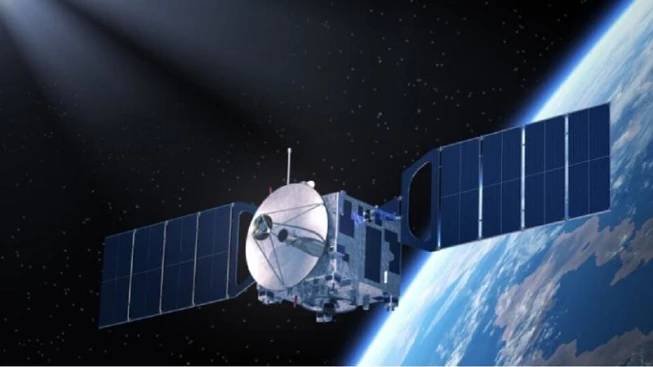
Satellite connection from Qualcomm
Qualcomm announced at the CES 2023 technology trade show that it has joined forces with Iridium, which has 66 satellites in low Earth orbit. The Snapdragon Satellite will support two-way messaging, even in non-emergency situations, reads an official company statement. However, this should only apply when in very remote or sparsely populated areas. The new service should be available on all devices with the Snapdragon 8 Gen 2 processor.Connectivity should be available in the second half of 2023 on selected smartphones. It will be on the Iridium satellite network for emergency text messaging.
Satellite connectivity is ideal for tourists and people who spend their lives on the move. Qualcomm notes that you need a clear view of the sky to activate it. At CES, company representatives said the feature will be tied to next-generation smartphones in “select regions” that use the eighth-generation Snapdragon mobile platform. It will eventually expand to other platforms, including laptops and IoT devices.
Satellite pendant from Motorola
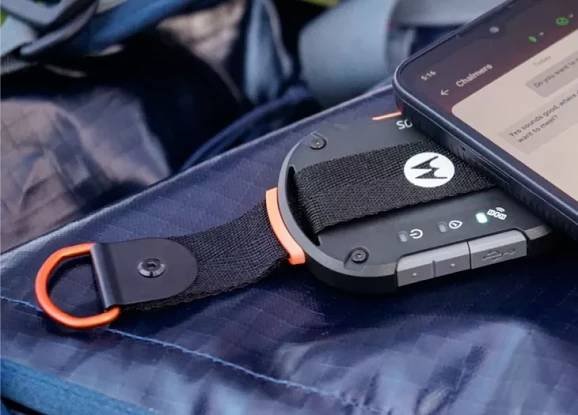
Another alternative for satellite connectivity is Motorola’s Defy Satellite Link pendant. The pendant uses Bullitt’s satellite technology. The big advantage of this pendant, which is connected to the phone via Bluetooth, is undoubtedly compatibility with both Android and iOS, plus the ability to communicate in both directions. Even users who do not intend to buy a new smartphone have a great alternative. The pendant uses a chip from MediaTek. The price of the pendant is 99 USD. The use of satellite communication requires the payment of a service fee. The fee is $5 per month for the SOS Assist feature. The manufacturer will also offer a one-year subscription package called Essentials Messaging, which includes up to 30 messages via Bullitt Satellite Messenger per month beyond the SOS Assist feature.

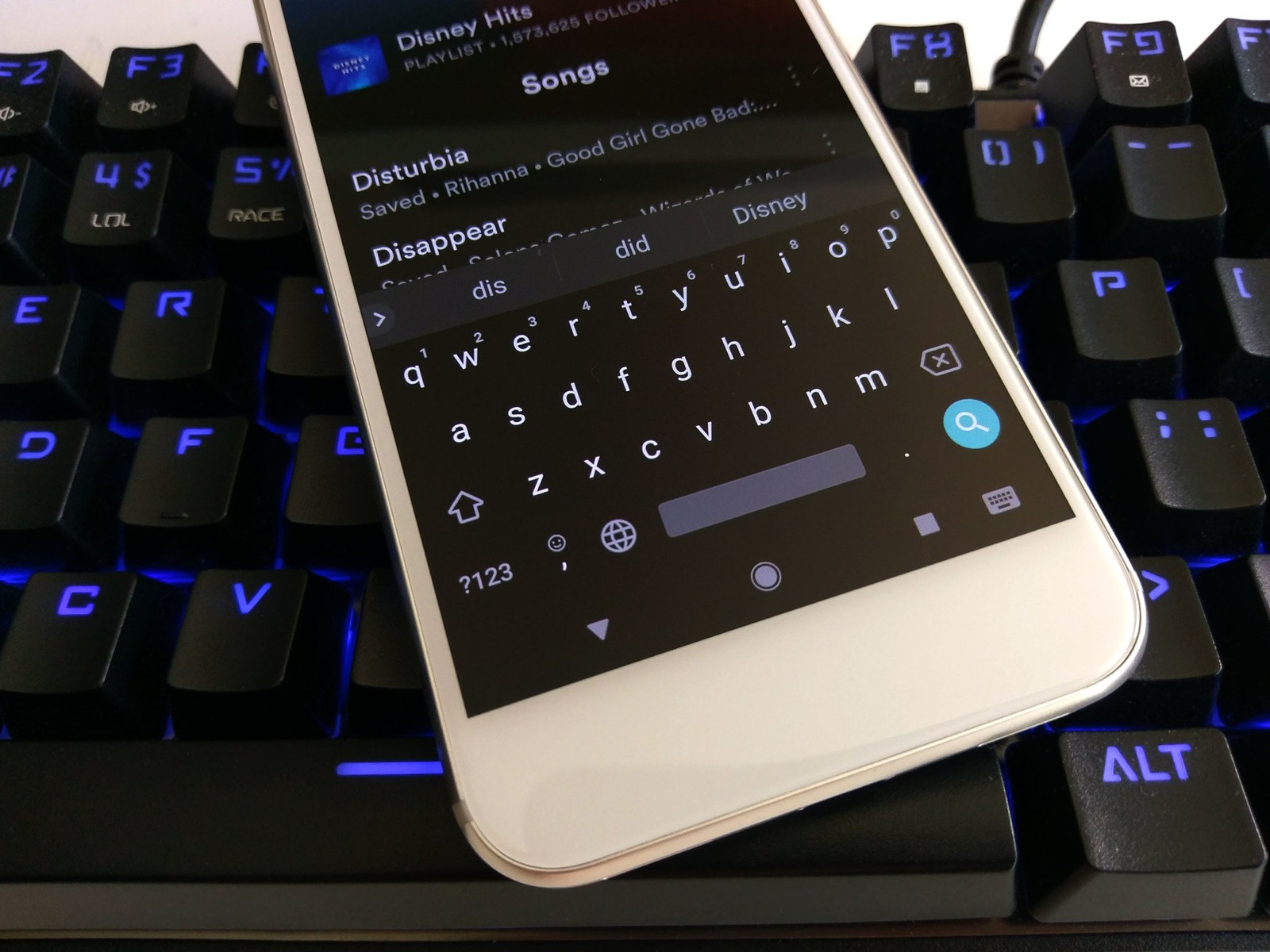

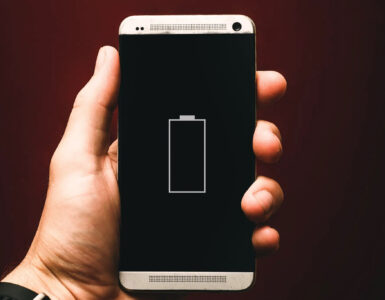
Add comment